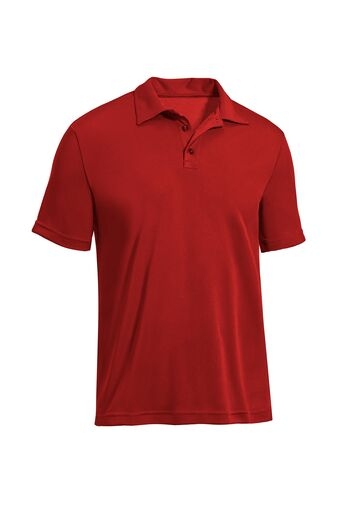Your cart is currently empty!
Hiking can be a wonderful way to connect with nature. Although having the right hiking gear and clothing will make the experience the best, it is critical to do so. So, what to wear hiking?
The appropriate hiking attire can ensure that you have a comfortable, secure, and prepared experience out on the trails. Here, you will find at hand advice on what clothing to pick for the sunny and snowy conditions.
Clothing
Base Layers
A good hiking base layer is the key to a successful hike. If you are heading for hot weather hiking, wear fabrics that help take water away from the body- like polyester or nylon. The active fabrics you choose will work by pulling moisture away from the skin surface thus keeping you dry and cool at all times. ‘DriMaxTM Elite Polo‘ is an optimal performance base layer polo fashioned by a fast dry-to-touch fabric.
When it comes to cold conditions, pick a thermal base layer top and bottom fabricated from merino wool or polyester. Having DriMax TM Elite Polo and thermal leggings packed, it is possible to get an ideal cold-weather letter combo as well.
Mid Layers
The mid-layer provides insulation. For warm hikes, a lightweight long-sleeved shirt works well. In cold weather, fleece jackets and pants are ideal mid-layers to retain body heat.
Outer Layer
This is your protective layer from the elements. For warm weather, hiking pants and moisture-wicking T-shirts are suitable. For cold temperatures, choose an insulated and waterproof outer shell jacket and pants.
Socks
Proper hiking socks can prevent blisters and keep your feet comfortable. Look for socks designed specifically for hiking that wick moisture and provide cushioning and support. A great option is compression socks which offer therapeutic support, improve circulation, and help prevent injuries.
Shoes
Hiking shoes or boots provide critical ankle support and traction on the trail. Trail runners work well for shorter, less intense hikes. For longer treks, especially when carrying heavy packs, sturdy hiking boots are better. Be sure to break shoes in before longer hikes to prevent blisters.
Accessories
Hat
Bring a hat for both sun and warmth. Wide-brim hats offer shade from intense sun. Warm wool beanies or caps help retain body heat in cold weather.
Neck Gaiter
A versatile neck gaiter like Camping Sensai’s provides both face and neck protection from the sun and wind. It can also be pulled up over the nose and mouth to function as a face mask to filter out dust and pollutants when needed.
Hydration Pack
Staying hydrated is vital while hiking. A hydration reservoir backpack enables easy access to water through a tube and nozzle system so you can drink frequently without stopping.
Trekking Poles
Trekking poles transfer weight off the knees and improve balance while hiking with a heavy pack. They also aid creek crossings or steep sections of trail.
Running Belt/Fanny Pack
A running belt or fanny pack like Camping Sensai’s is great for keeping essentials close at hand. Use it to hold your phone, wallet, keys, snacks, small first aid kit, or other necessities you want quick access to.
Conclusion
To go for a day hike one is required to dress appropriately and to have equipment and gear that will not fall back down for weather or trail conditions. Now you know what to wear hiking. Wearing breathable wicking base and mid-layers with protective outerwear and suitable footwear ensures you are ready to take the trail miles in comfort and safety.
With hats, trekking poles, and hydration packs or running belts, we can all look like true hikers and our trips would be more of ease. It is only by wearing the hike clothes that you can experience the fullness of this outdoor life.


Leave a Reply